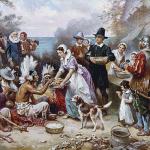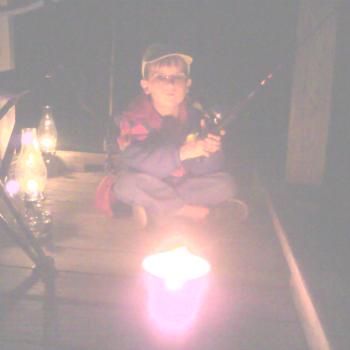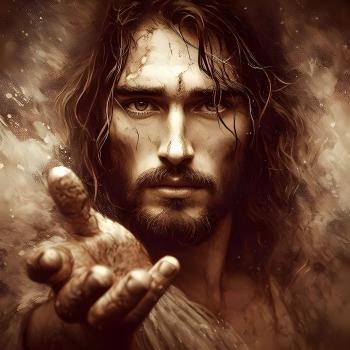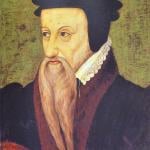This time of year, the air fairly crackles with Christmas magic. Children believe in it. Adults encourage it. But where does it come from?
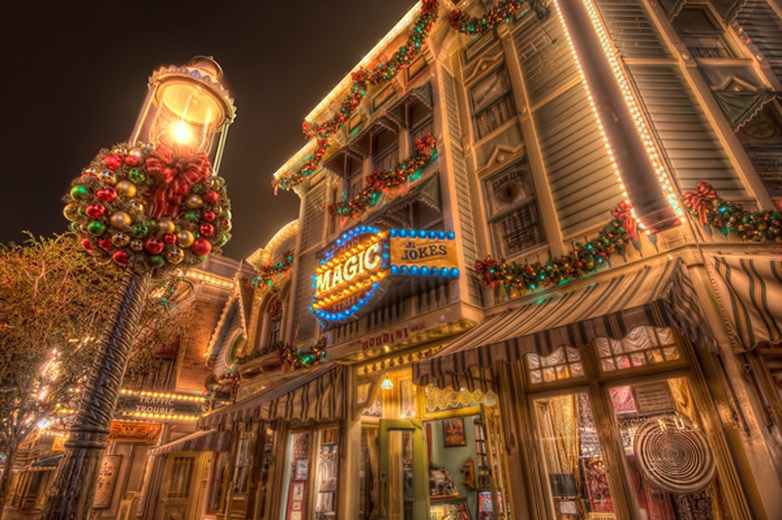
So many of our movies and stories feature the concept of Christmas magic. Beyond the biblical narrative of Jesus’ birth, there’s this notion that magic and miracles take place at Christmas. In film, people wish on Christmas stars. Angels show up and grant wishes. Chance meetings end in lifelong happiness. The concept of Christmas magic is a blend of cultural, historical, and religious elements that have evolved over centuries. Its roots trace back to various traditions and myths, merging into the enchanting spirit that we associate with the holiday season.
Pagan Roots
The origins of Christmas magic trace back to ancient pagan celebrations. Pre-Christian festivals like Saturnalia and Yule were commemorated with feasting, gift-giving, and the lighting of fires during the darkest days of winter. These festivities were symbolic of hope, renewal, and the triumph of light over darkness. The seasonal change, the anticipation of longer days, and the communal spirit all contributed to the magical ambiance.
Christian Influences
When Christianity began its spread to Europe, it appropriated the customs that it encountered. Early missionaries realized that it was easier to Christianize existing traditions than it might be to try to eliminate them. The Christianization of these pagan festivities led to the incorporation of Christian traditions into these celebrations. Jesus’ birth became a focal point, and the Nativity story began to intertwine with the existing festive customs. The story of a miraculous birth, a guiding star, and angelic proclamations added to the mystical aura surrounding Christmas.
Cultural Convergence
The merging of various cultural customs added to the concept of Christmas magic. Legends and folklore, such as the tales of Saint Nicholas, Father Christmas, and elves from the North Pole, contributed to the enchantment associated with the season. These characters embodied the spirit of generosity, kindness, and the idea of the miraculous. On the darker, but still magical side, personages like Befana the witch and monstrous Krampus. Belsnickel and Knecht Ruprecht also joined the cast of Christmas characters who acted as a foil to St. Nicholas.. Each one that joined the Holy Family at the nativity scene added their wonder and magic to the Christmas mix.
Literary and Artistic Contributions
Literature and art have played a significant role in shaping the magical perception of Christmas. Charles Dickens’ “A Christmas Carol” featured ghosts and time travel, adding to the sense that wondrous and magical things happen at Christmastime. Clement Clarke Moore’s “A Visit from Saint Nicholas “ (You might know it at “Twas the Night Before Christmas”) contributed the idea of a tiny sleigh and miniature flying reindeer, along with a Santa who could levitate up and down chimneys. Dr. Seuss added Whoville and The Grinch, who all lived on a speck of dust. Author after author tops one another in their depiction of festive generosity, magic, miracles, and the idea of a joyous, enchanted holiday.
Family Traditions and Customs
The rituals and customs within families and communities further nurture the magic of Christmas. Decorating Christmas trees, hanging stockings, singing carols, and the anticipation of Santa Claus’s arrival all contribute to the magical atmosphere. Toddlers listen to hear reindeer hooves on their roofs. Elves on shelves play mischievous pranks in children’s homes. Each of these family traditions and customs springs from the deep well of movies, novels, Christian and Pagan influences. The collective belief and participation in these traditions heighten the enchantment for both children and adults.
Modern Interpretations
Today, the concept of Christmas magic continues to evolve. The commercialization of the holiday season, while criticized, has also added to the spectacle with dazzling decorations, elaborate light displays, and the portrayal of a magical winter wonderland. Last year, I took my wife to Busch Gardens’ Christmas Town, where you can ride a train just like the Polar Express, take a walking tour of Christmas traditions from across Europe, or take a sky ride to see the glittering lights from above. Who wouldn’t believe in the magic of Christmas in such a place?
The Essence of Christmas Magic
Ultimately, the magic of Christmas isn’t merely about fantastical occurrences. It’s about the intangible elements that unify people – the spirit of giving, togetherness, goodwill, and hope. It’s the season that encourages empathy, kindness, and the belief in something beyond the tangible, fostering a sense of wonder and joy.
The concept of Christmas magic is a tapestry woven from historical, cultural, and personal threads. This rich embroidery forms a timeless enchantment that transcends generations and continues to captivate hearts. It’s not merely the twinkling lights or the presents under the tree—it’s the way people enjoy extraordinary moments of togetherness and love. As the season approaches, the magic of Christmas calls to each of us, inviting us to share in the joy, wonder, and the possibility of miracles – a sentiment that transcends time and tradition.



